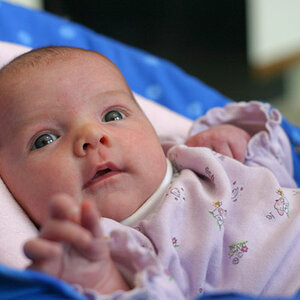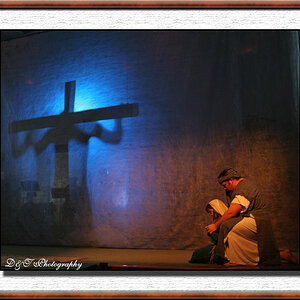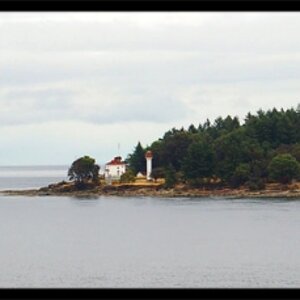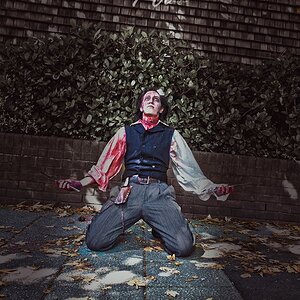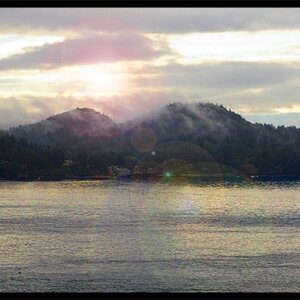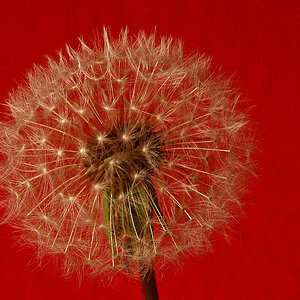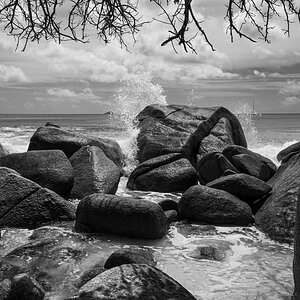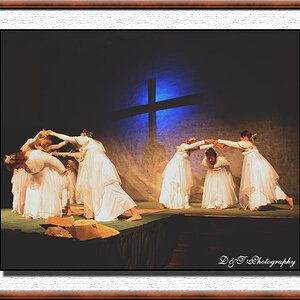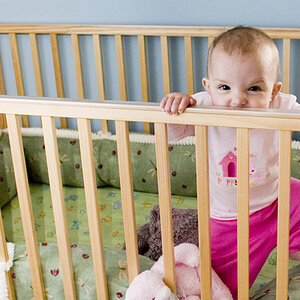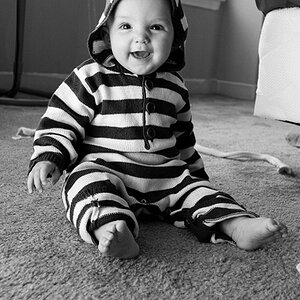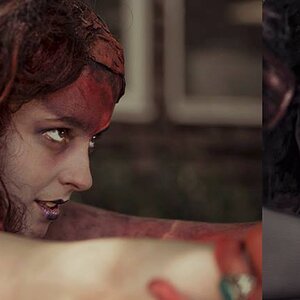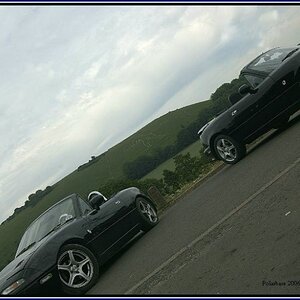inTempus
TPF Noob!
- Joined
- Dec 15, 2008
- Messages
- 3,692
- Reaction score
- 4
- Location
- Indiana
- Can others edit my Photos
- Photos OK to edit
Here's another disappointing review of the 7D. This review includes sample pics shot from a Rebel (12mp), 7D (18mp) and 1DsMk3 (21mp).
They used more than one 7D as the results from the initial tests were so disappointing they thought perhaps they had a dud body. Unfortunately the 2nd and 3rd bodies performed the same.
The XSi out performed it in IQ at every turn... and of course the 1Ds3's images were far and away better.
The Canon EOS 7D Review « Darwin Wiggett
Depressing to say the least. If I were in the market today for a mid-level body and I didn't already have a bag full of Canon glass, I would go for the D300s.
They used more than one 7D as the results from the initial tests were so disappointing they thought perhaps they had a dud body. Unfortunately the 2nd and 3rd bodies performed the same.
The XSi out performed it in IQ at every turn... and of course the 1Ds3's images were far and away better.
The Canon EOS 7D Review « Darwin Wiggett
Depressing to say the least. If I were in the market today for a mid-level body and I didn't already have a bag full of Canon glass, I would go for the D300s.


